Camera Gear: What to bring on a heliski trip
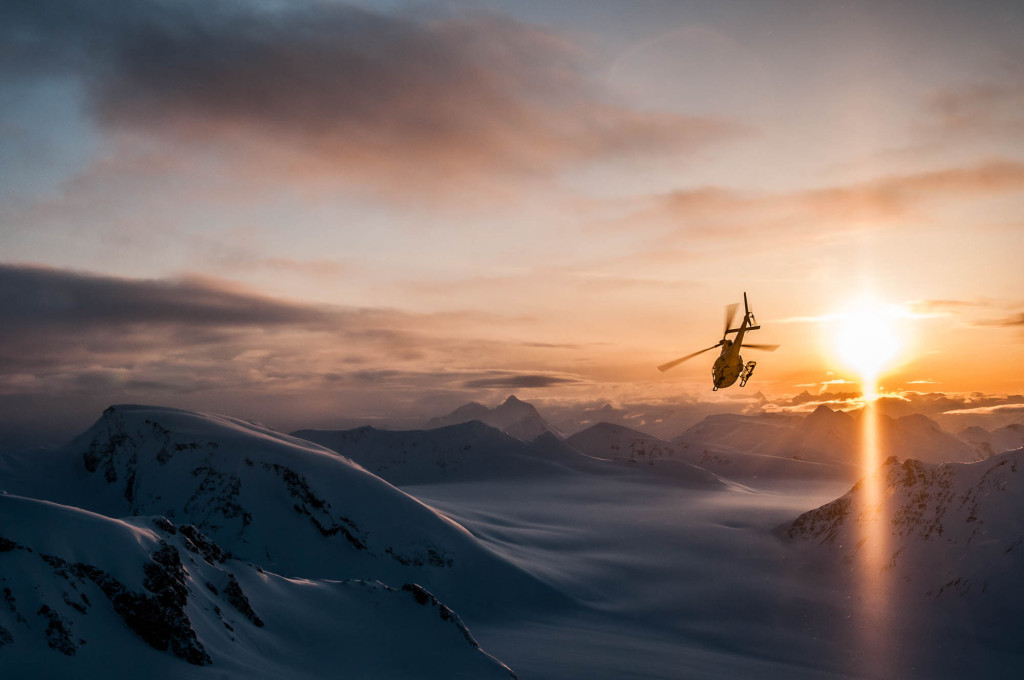
When traveling to a remote location for a ski trip, there’s always a list of essentials that you don’t want to forget: boots, skis (provided by us), passport, goggles, clothes, gloves, and your lucky flask. But another piece of gear has become essential to your travels – a good camera. There are tons of cameras out there that can get “the shot”, with prices ranging from the hundreds to the thousands of dollars. What camera should you take on a heli-ski trip? The main thing that you should think about when researching a device is it’s practicality for a given purpose. Familiarity with your camera gear and the ability to use it in an efficient manner are key, especially when heliskiing. To make sure you come home from your next heliski trip loaded with quality photos, let’s go over the pros and cons of each type of cameras currently on the market.
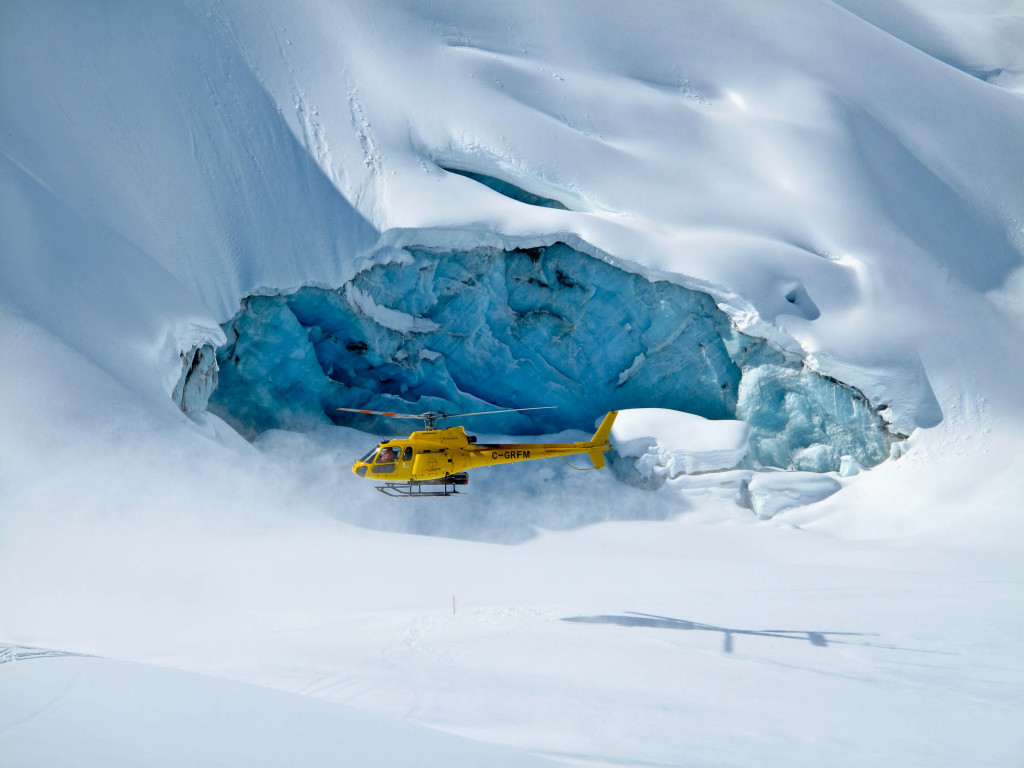
Point and Shoot – These cameras are easy to use, practical, can fit in your coat or pants pocket and can be very inexpensive. Many are waterproof and dust-proof and can handle being dropped (not like any of us have ever done that before). If you spend a bit more money, you can even get a point and shoot that shoots in manual and produces RAW images. The benefit of these two options is that if you learn to use the manual settings, you will be able to get better photos when in situations where light and shadows play a large factor in the composition of the photo – and when you shoot in RAW you have more editing abilities in post production.
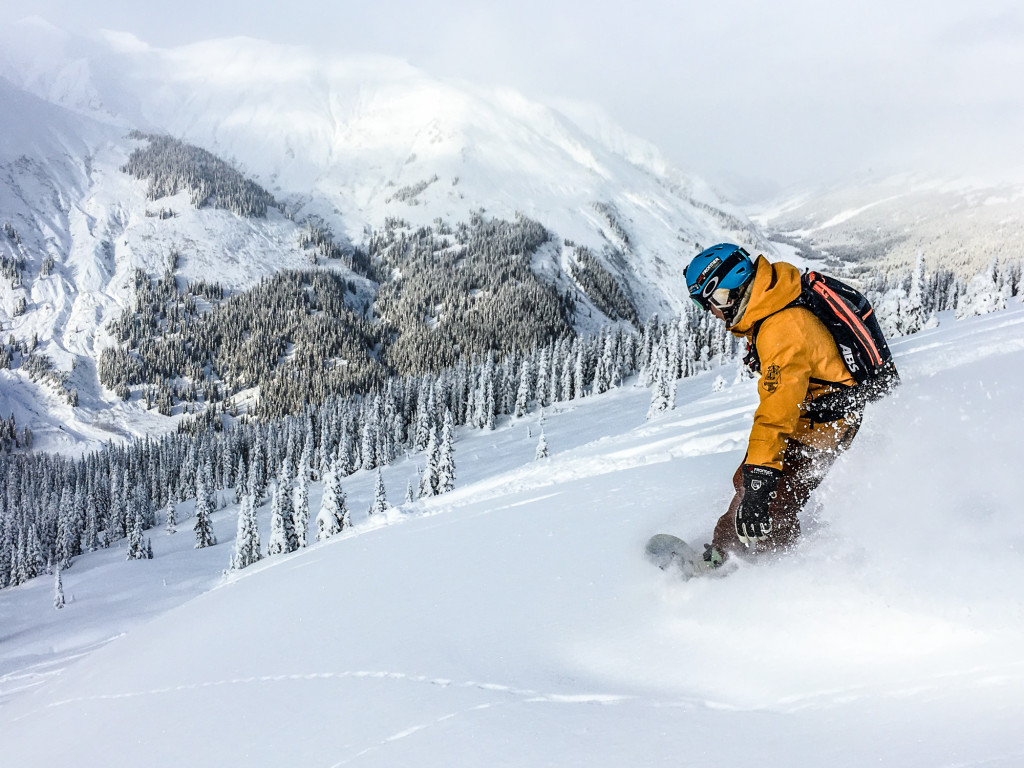
iPhone/Smartphone – Some absolutely beautiful photos have been shot on camera phones and every year the phone companies keep stepping up their game. With increasingly better processors, improved sensors, more megapixels and the possibility to edit the shots immediately, as well as the ability to shoot video and slow-motion video clips, smartphones are a very convenient way to get quality shots without taking any extra gear. Bonus: companies like Hitcase also make waterproof and shockproof cases for iPhones that come with a wide-angle lens attachment, enabling for creative shoots on the go.
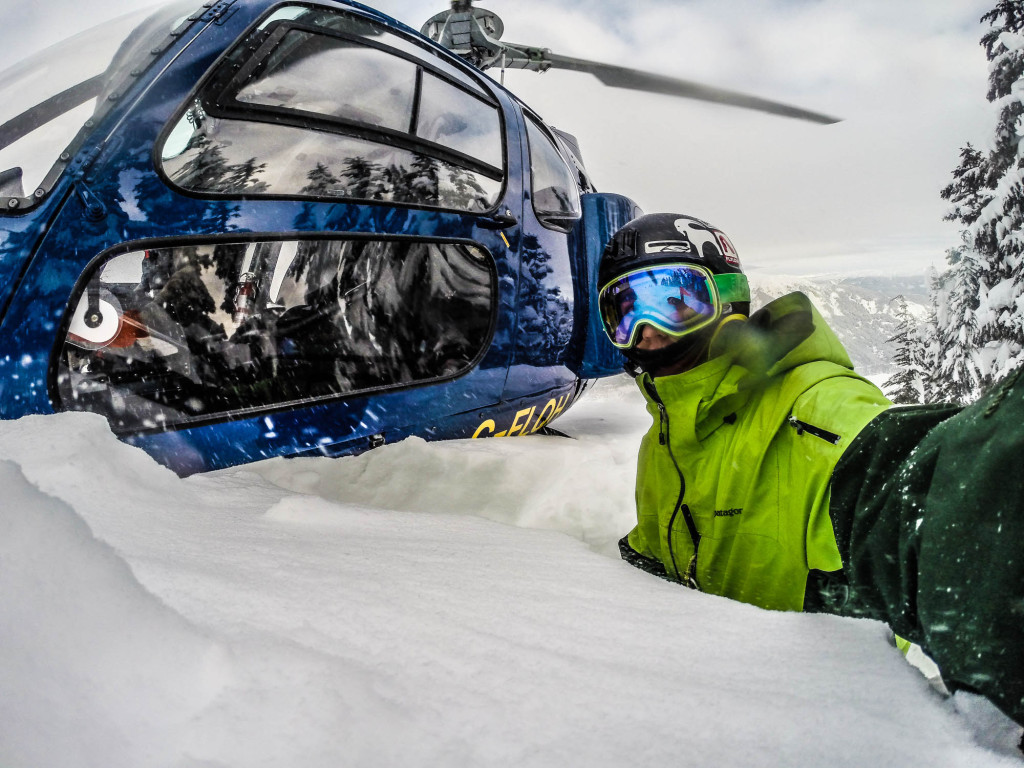
POV Cameras/GoPros – If you love point-of-view photos or videos, this is definitely the camera for you. With straps and mounts for pretty much any view, GoPro is the number one choice for those that want to capture their personal experience through stills and motion pictures. These cameras are lightweight, compact, easy to use and easy to carry. Be mindful to shut down the wifi and wireless capabilities of these cameras, to avoid interferences with avalanche safety gear. While quite compact and versatile, the image quality can be lesser than other cameras: photos are hard to get in focus and image distortion can be an issue as well due to the wide angle frame.
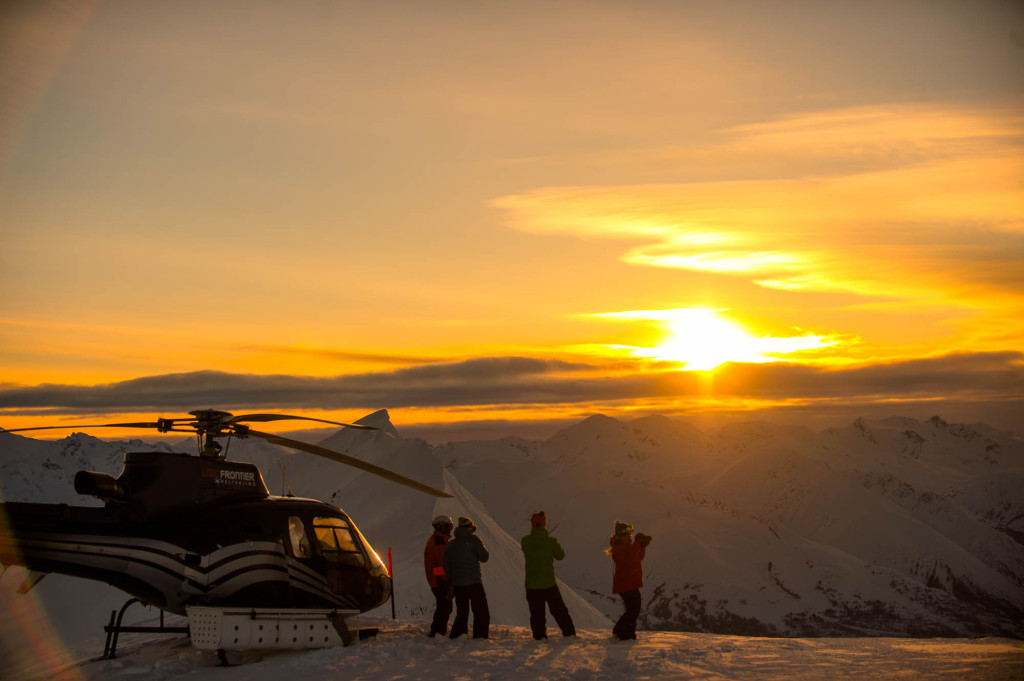
DSLR – The largest and heaviest out of all of the camera options. They usually produce some of the sharpest and most prolific images, but DSLR cameras are definitely the least practical choice for a heli-ski trip. To get the most out of these camera bodies, it is necessary to carry multiple lenses and accessories around – which can be difficult to travel with and even more of a hassle to fit in your ABS day pack. While the image quality potential is very high with these cameras, if you don’t know how to shoot in manual, and then edit with post-processing software, they really aren’t worth the money or the struggle of carrying a massive beast on your back during your entire trip.
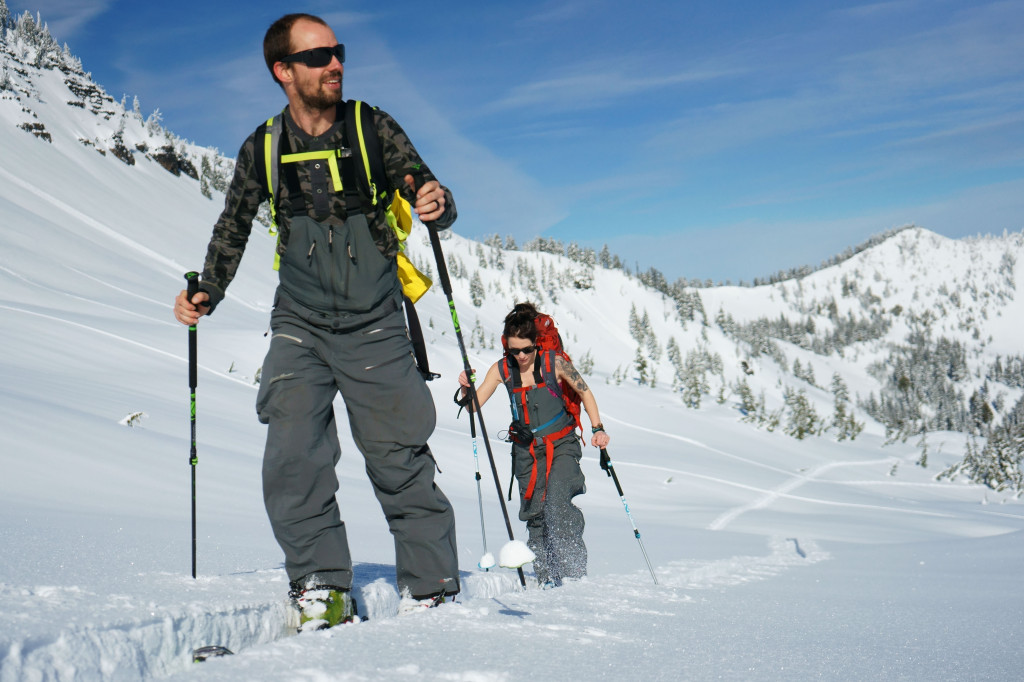
Mirrorless – Compact, lighter than a DSLR and the ability to shoot in manual (or in Auto), these cameras not only produce extremely high-quality photos and videos, but they can also be used by a complete novice. The downside for these great specimens is that they are expensive – but if you have the cash, I would definitely recommend one of these little gems for your next adventure.
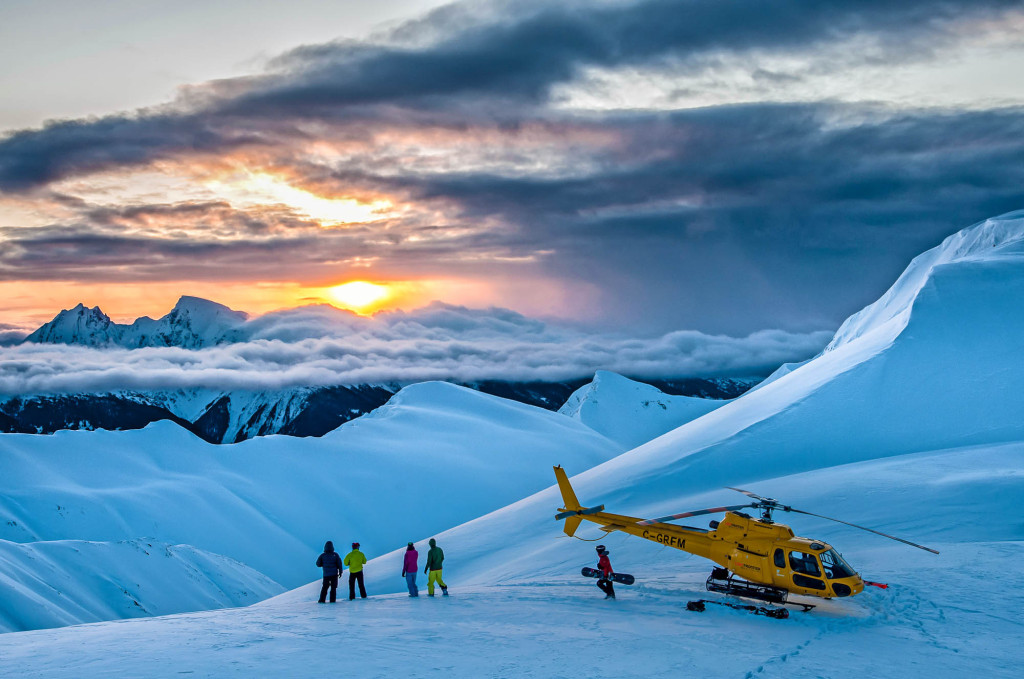
Bottom line, the best camera to bring on a heliski trip is the one that you can use – quickly and efficiently. There is absolutely no need to drop thousands on a new device if you aren’t able to use it properly. Time in between runs can be very limited so being very familiar with your gear is definitely the key to coming home with beautiful photos from your trip.


